Winter lights burst onto the stage
The Winter solstice brings with it a spectacle of light and a surge of emotion at the summit of Gran Canaria.
The shortest day of the year actually begins the evening before, with a blanket of stars covering the stage before the performance begins. Under the steep slope of Mesa de Acusa, an abyss of ancient eruptions etched into the landscape, lies the stalls and the audience, on this occasion the lens of a camera, which points towards the spot where the real protagonist of the winter solstice at the summit of Gran Canaria is waiting in the wings: the first winter light.
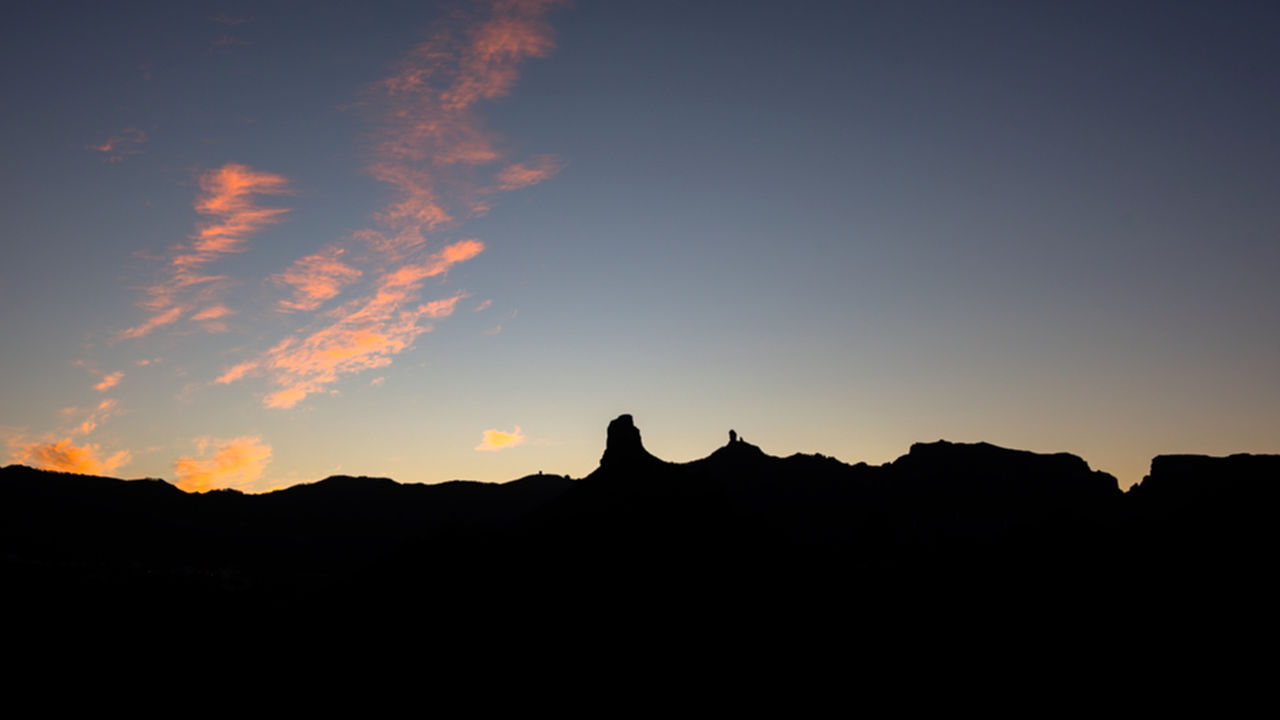
At times completely still, like just another rock nestling on the ravines and plains, the photographer aims at a point between two geological landmarks on the island, namely the Nublo and Bentayga rocks, separated by a distance of just three kilometres eight hundred metres. There is something about this spot, however, which cannot be measured so precisely. It is the emotion that we feel as the first signs of light begin to filter through the dark night skies. The sun starts to shed its light on the stage.
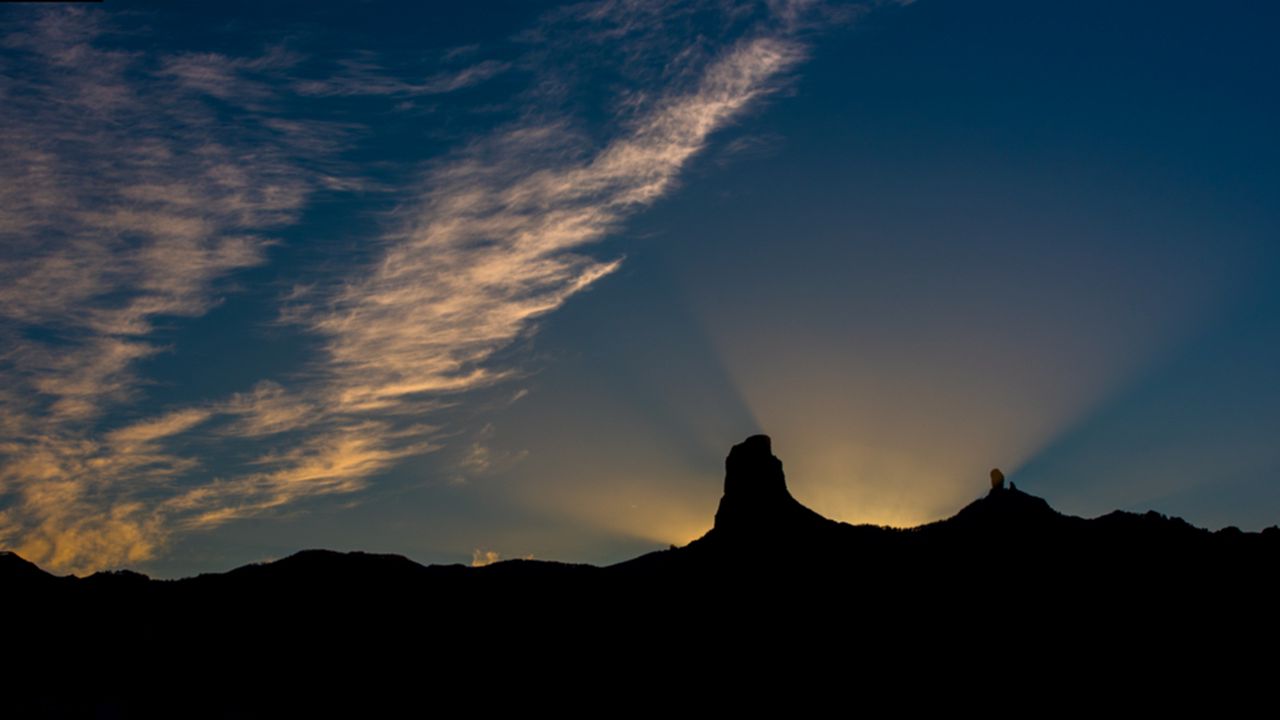
It all actually occurs rather more quickly than expected, with hardly any transition at all between the pitch black darkness of night and the eruption of a luminous halo that shines into the sky, perfectly angled between the two lofty emblematic stones.
The image projected is that of a great volcanic strip of light that hails the island’s own particular winter season. The photographer remains perfectly still, although his heart has been pounding for quite a while now, like a cavernous crater. For just a few instants the camera captures a wholly vivid image that takes us back to identical moments experienced over a thousand years ago by the ancient dwellers of Gran Canaria.
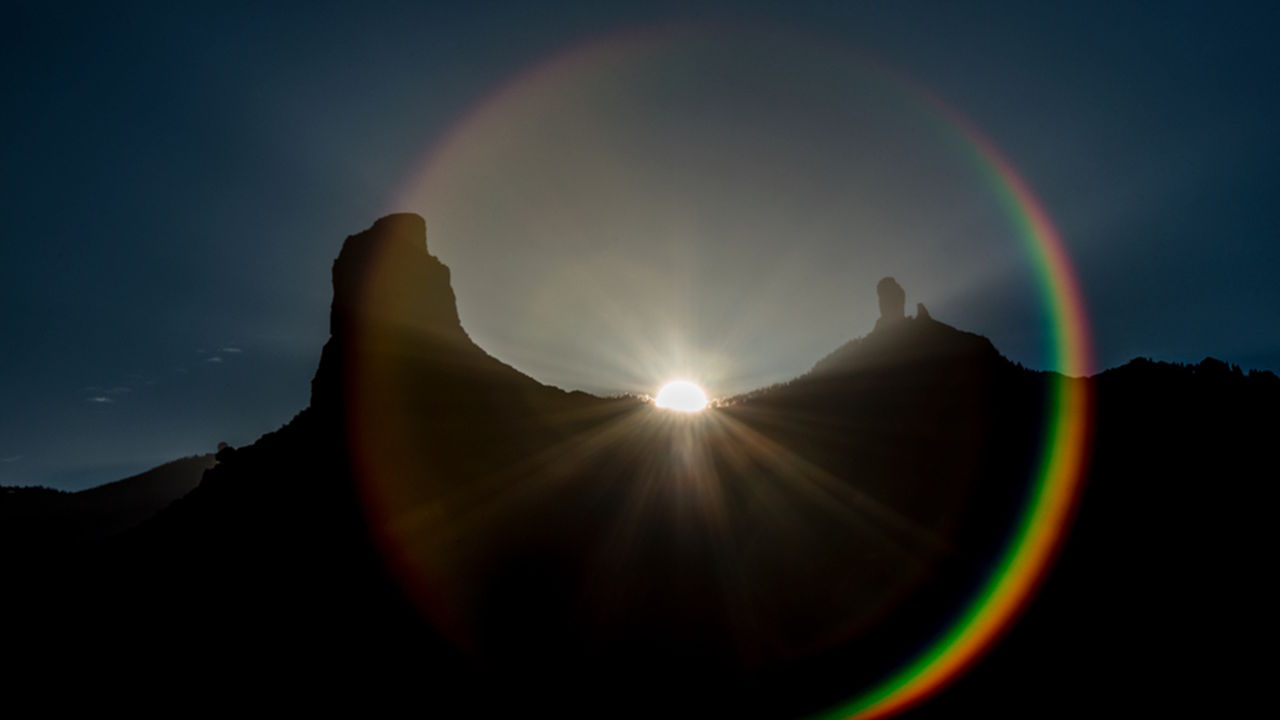
To be present at this spot, at the heart of the Gran Canaria Biosphere Reserve and under these Starlight Reserve skies, so special because of the perfect conditions they offer for star-gazing, allows us to connect up to the history of a site associated with the age-old astronomic markers that helped the ancient populations to determine the start of a new cycle in which days would gradually grow longer once more, together with the hope of plentiful rainfall, good crops and harvests, offspring and good grazing land for flocks.
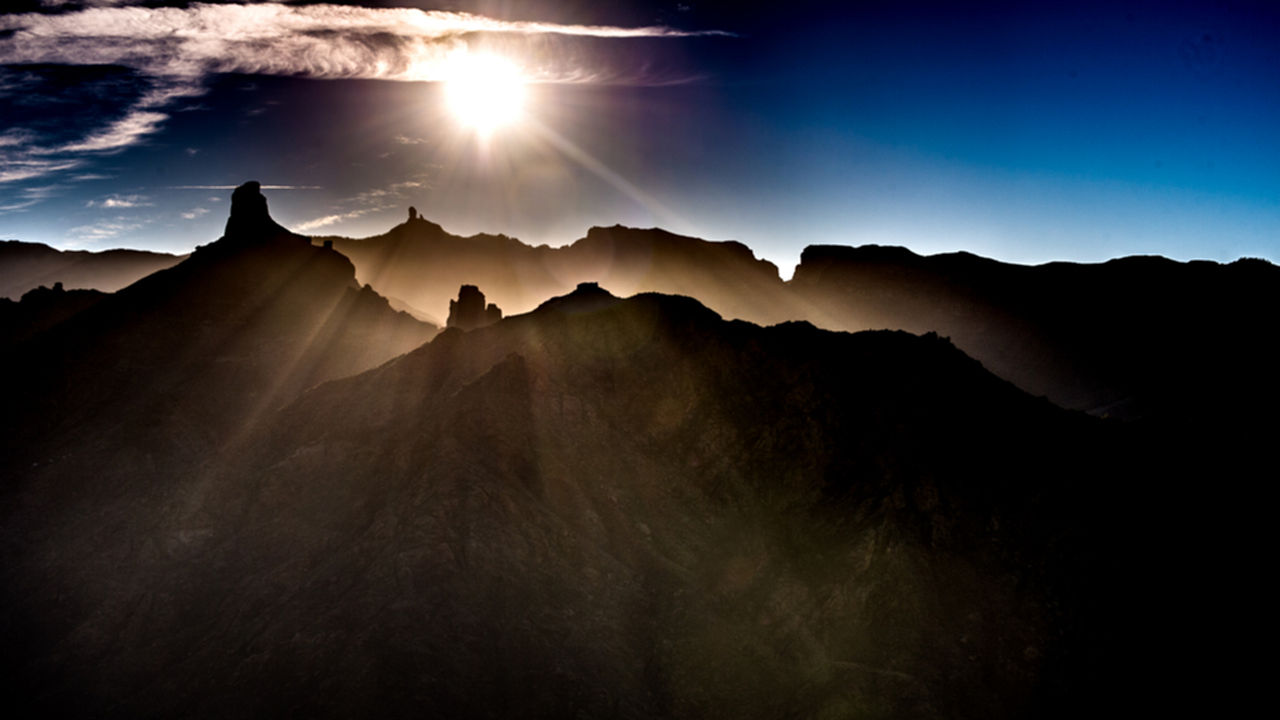
This Site of Cultural Interest at Acusa, another of the protective figures that envelops this land, also shelters a wonderful heritage literally sunk into Gran Canaria’s rich past. This agricultural basin is home to one of the most important historical sites on the western side of Gran Canaria, featuring the ancient settlements of Acusa Seca, El Álamo, La Candelaria, Cruz de Esquina, Fortamaga, El Hornillo and Acusa Verde. Other settlements in Gran Canaria closely linked by archaeological studies to equinoxes or solstices are Bentayga, Risco Caído, Cuatro Puertas and La Guancha, among others.
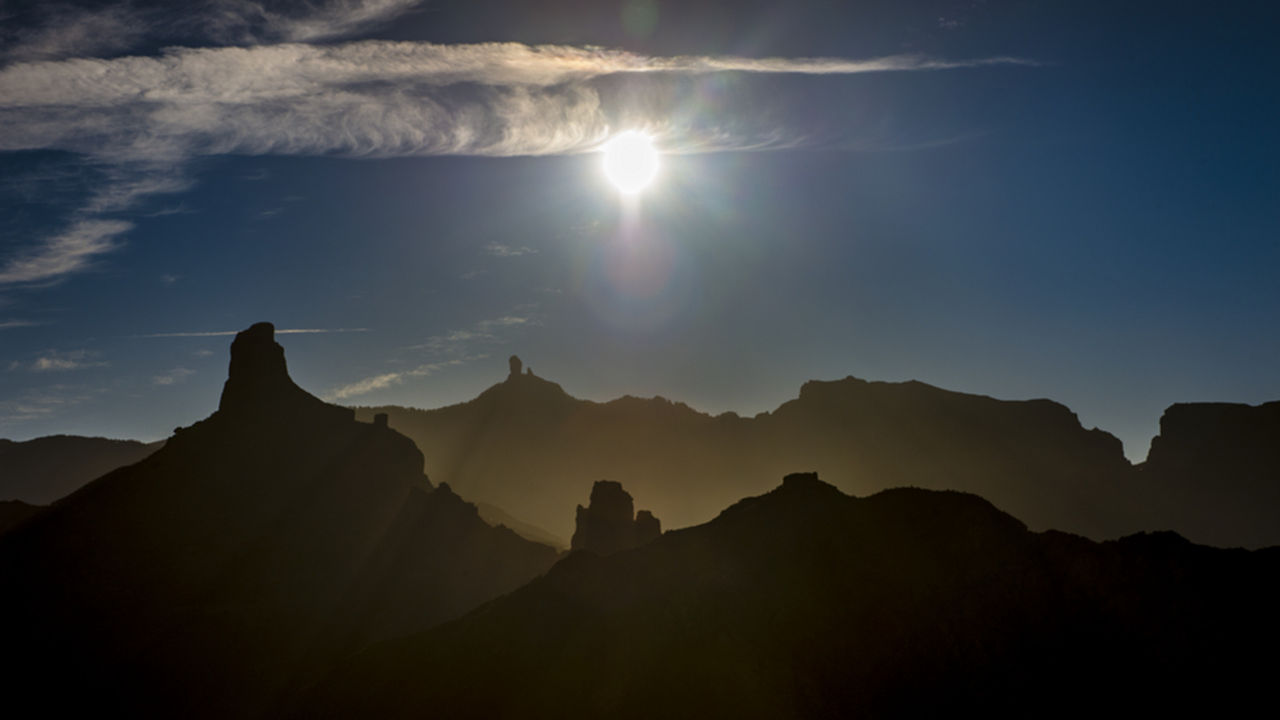
The archaeological remains to be found around here are testament to the use of these hollows as living quarters, grain stores and farmyards, some of which were even decorated with paintings on their walls in bygone times, and which have found a new dawn in the stares of amazement they cause in the present day. Besides all this, one of the aspects to lend the area even greater relevance is that it continues to be linked closely to traditional uses, which are apparent for instance in the occasional passing of migratory grazing flocks through the region.
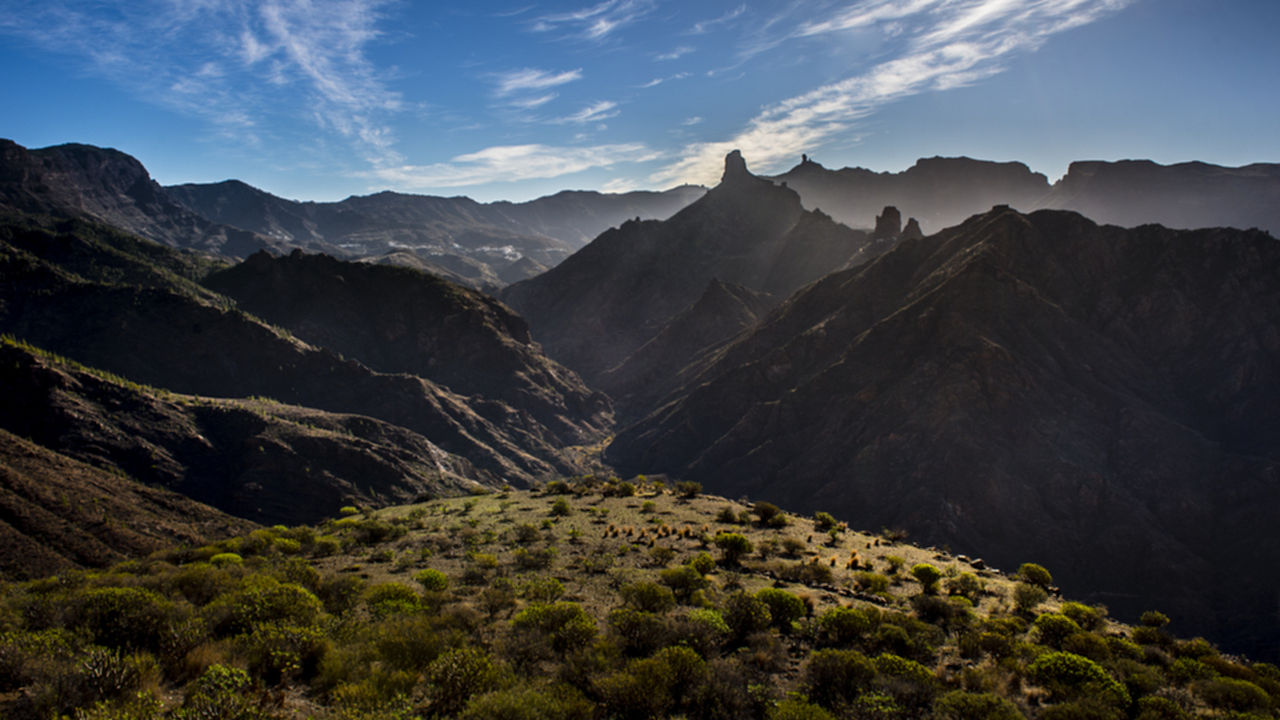
Winter has arrived in a festival of lights. The photographer picks up his photo gear and the dazzling flash of the solstice. He leaves behind a sky that is both heavenly and mysterious, just like the flight of the blue chaffinch.

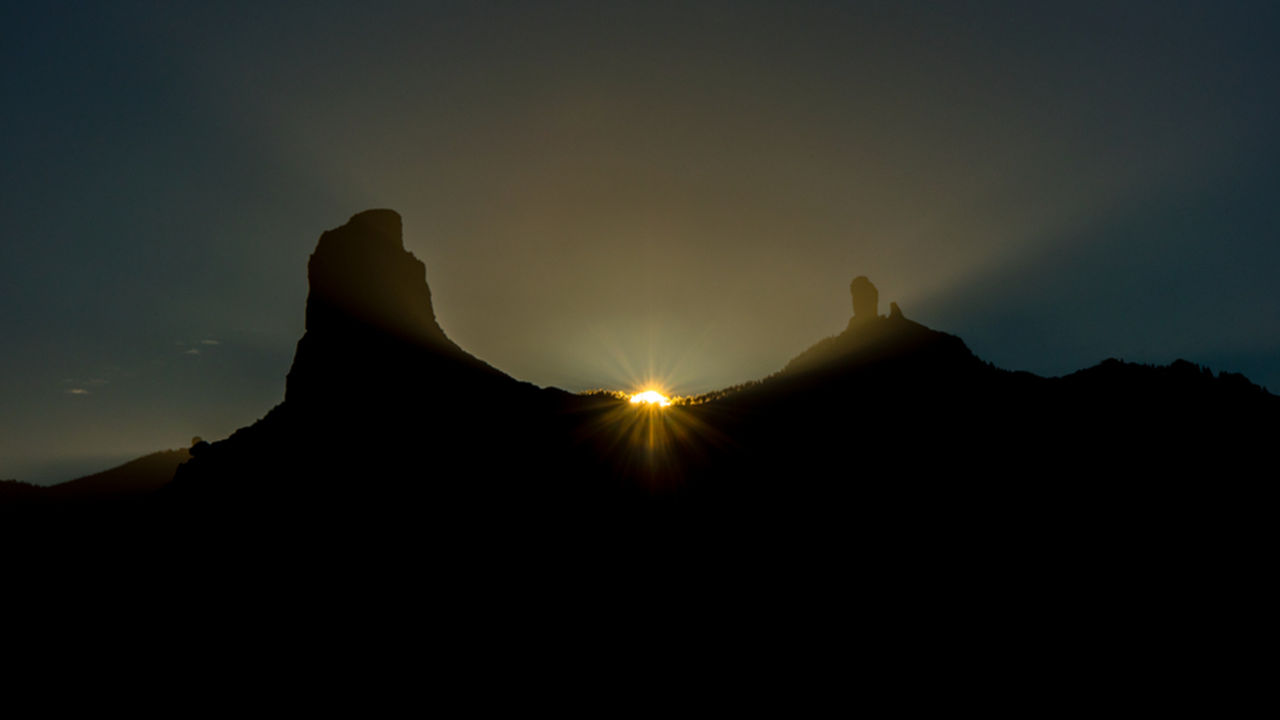
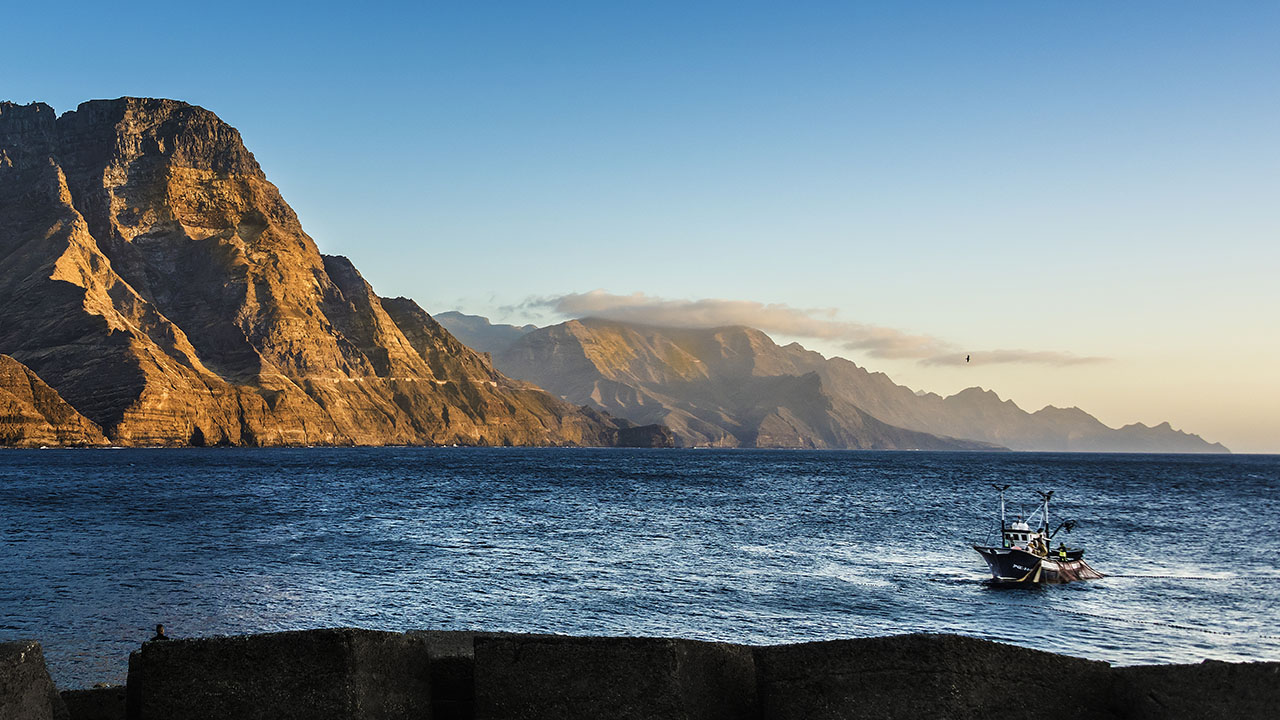
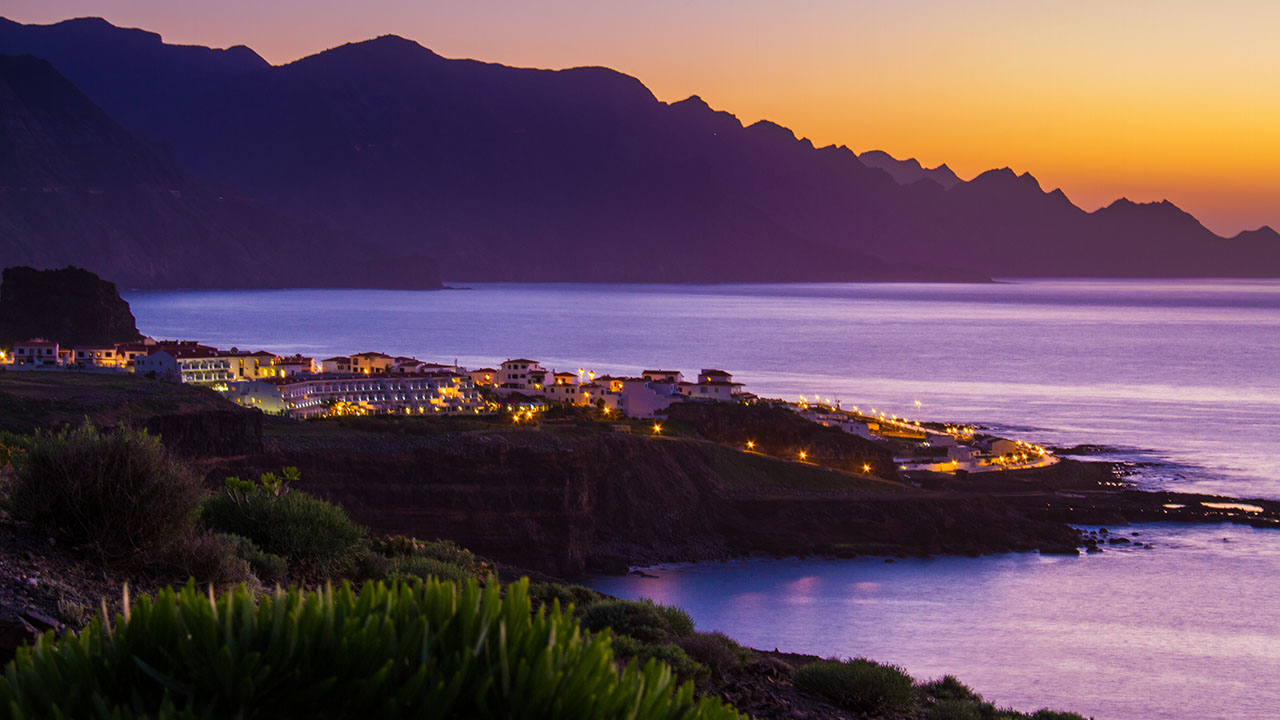
Comments are disabled for this post.